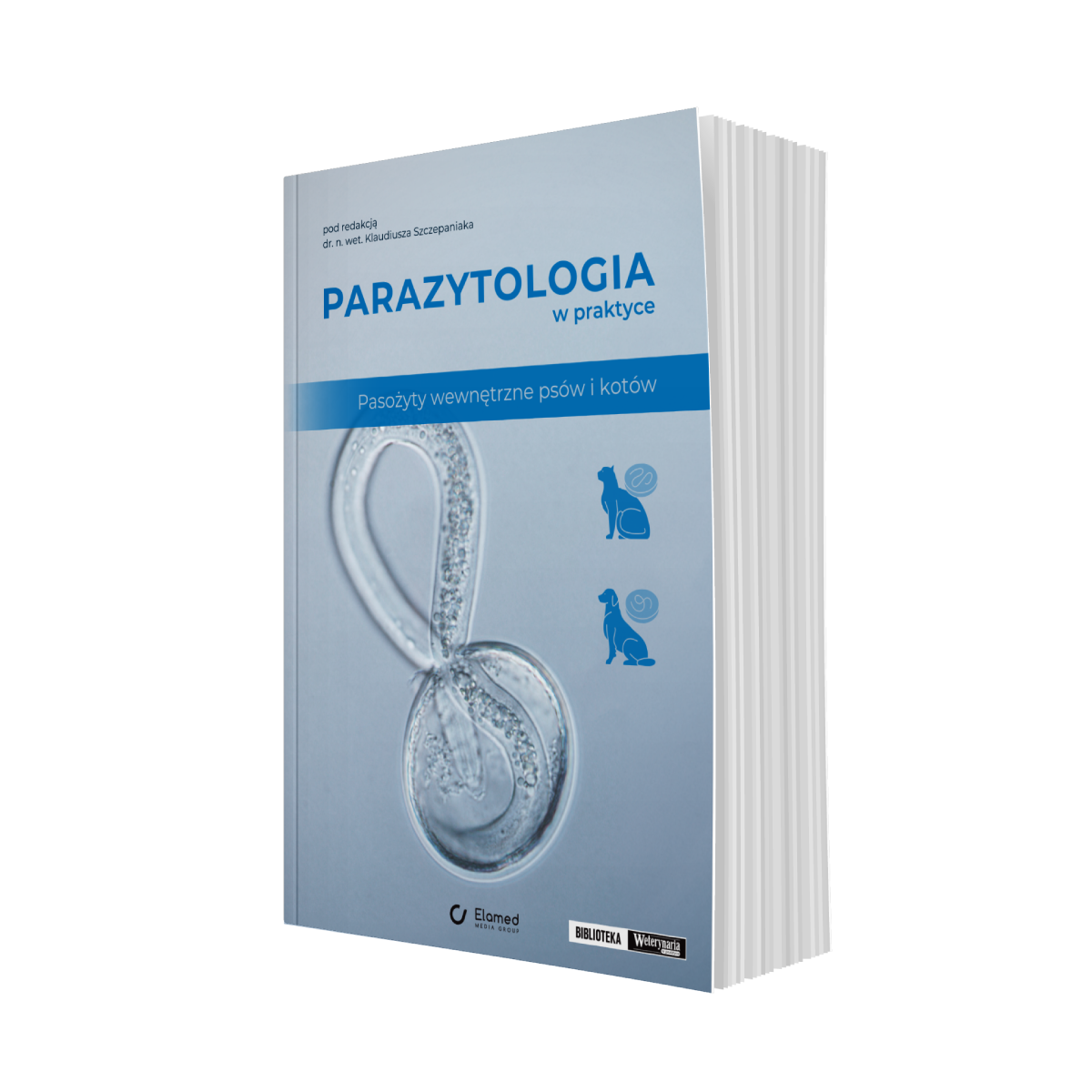Asparaginaza i protokół MOPP w leczeniu chłoniaków u psów
Asparaginase and MOPP. Treatment of Dogs with Lymphoma
Lymphoma in dogs is most commonly treated with a combination chemotherapy protocol consisting of cyclophosphamide, doxorubicin, vincristine, and pred-nisone (CHOP). The response rate of this protocol approaches 90% with median remission and survival times in the range of 6-12 months (1). The T-cell pheno-type is a poor prognostic indicator (2-12). Dogs with T-cell lymphoma have significantly decreased response rates, as well as significantly shorter remission and survival times, when compared with dogs with the more common B-cell phenotype(2-4, 6, 7, 11, 12). The median first remission duration for dogs with T-cell lymphoma is 1.7–5 months, compared with a median first remission duration for dogs with B-cell lymphoma of 5-11 months when CHOP-based protocols are used (2, 4, 11).
Furthermore, the median survival times for dogs with T-cell lymphoma (4-5.3 months) are less than half of those for dogs with B-cell lymphoma (11-13 months) when CHOP-based protocols are used (2, 4, 11). The use of a high-dose chemotherapy CHOP protocol, as well as the inclusion of half-body radiation therapy within a CHOP protocol, do not improve response and survival times of dogs with T-cell lymphoma (11, 12), The presence of hypercalcemia, which is associated with the T-cell pheno-type, is a negative prognostic indicator for dogs with multicentric lymphoma (3, 4, 13-15).
The mechlorethamine, vincristine, prednisone, proc-arbazine (MOPP) chemotherapy [...]
którzy są subskrybentami naszego portalu.
i ciesz się dostępem do bazy merytorycznej wiedzy!
Mogą zainteresować Cię również
POSTĘPOWANIA
w weterynarii
























